Australia's largest independent group of Window Tint Stores Est 1996
Window Tint Percentages: What Are They and How to Choose
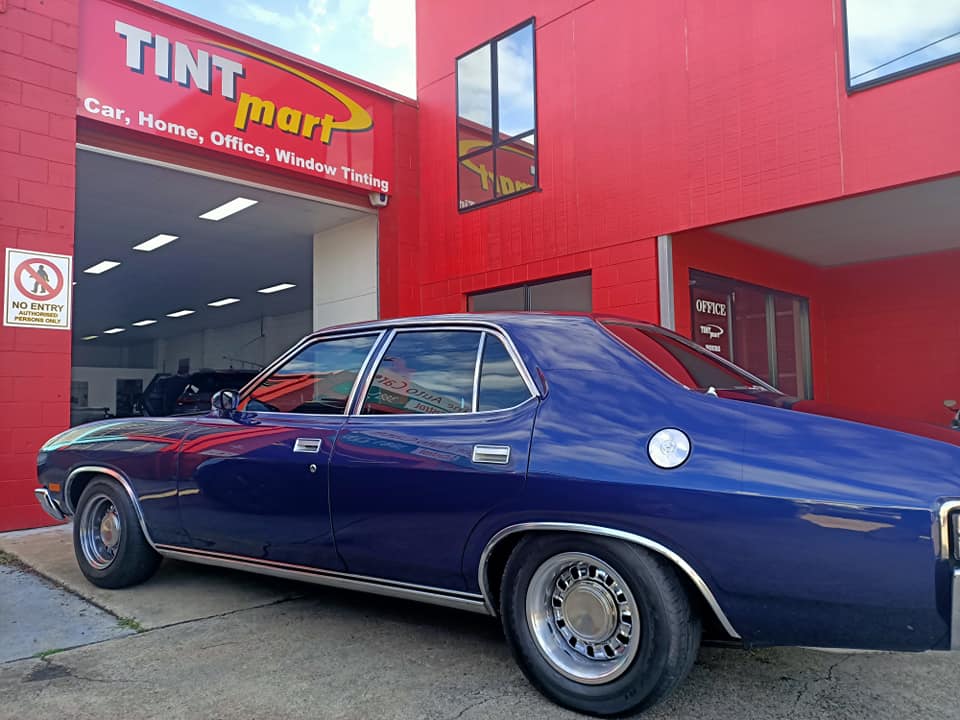
If you're considering getting your windows tinted, either in your car or home, you'll have seen a lot of mention of tint percentage. If it's a new topic to you, it can be confusing. So in this article, we're going to discuss everything you need to know about window tint percentages so that you can choose with confidence.
How Does Window Tint Percentage Work?
When you start looking at different options, you'll see two percentages quoted. You will see VLT and reflectivity. The combination of these two numbers lets you know how dark the windows will be and the appearance of the tint.
What Is VLT?
VLT is the acronym you will most often see quoted when you look at window tinting. It stands for Visible Light Transmittance. This means that the percentage is how much light is let through the window. So the lower the number, the darker the tint — 100% would allow all the light through, and 0% would be total blackout.
What Does The Reflection Percentage Mean?
The other number that you might see quoted is reflectivity. This number is telling you about how much of the light is reflected. There are two ways that a tint can work. It can either absorb the light, which gives a matt finish. Or it can reflect the light, which offers a reflective finish.
The higher the number, the more light is reflected. 100% is about as reflective as a good mirror. In comparison, 10% is the approximate reflectivity of standard glass.
If you're choosing a tint for your home windows, whether you get a reflective one is just a matter of your preference in terms of appearance. But if you are getting a tint for vehicle windows, you will need to choose a tint with 10% reflectivity or less. No Australian states allow you to have anything with a higher rating.
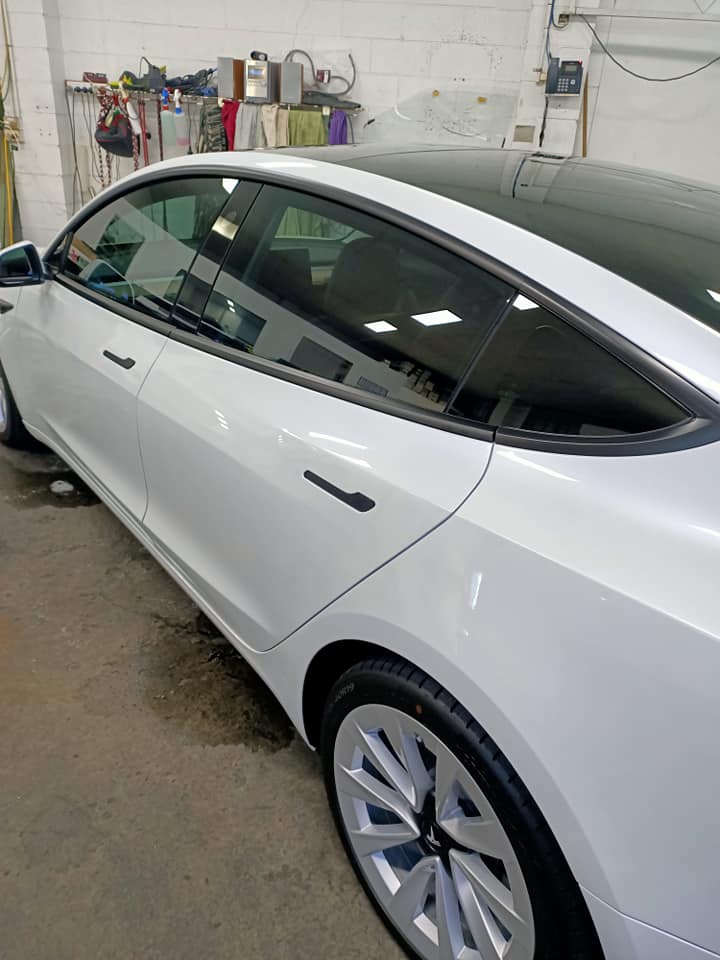
What Is The Best Car Window Tint Percentage?
The best percentage for your windows depends on your reasons for tinting your windows in the first place.
If your goal is privacy, then the best option is to choose the darkest tint you're legally allowed to install. The darker your windows are, the harder it is for anyone else to see in.
Commercial vehicles are allowed to have darker tints in their rear windows than private ones, so if your vehicle is a registered commercial vehicle, you can get a 5% tint which offers maximum privacy for your passengers.
If your primary motivation in choosing a tint for your windows is to reduce eye strain, glare or UV rays, then you don't need to go darkest legal to reap the benefits of good quality window tint. A 35% film is a good option for making driving more comfortable and prolonging the life of your car's interior.
Many owners want a dark look, and in Queensland, that is normally achieved with 35% VLT film on the front side windows and 20% VLT film on the rear passenger and rear windows.
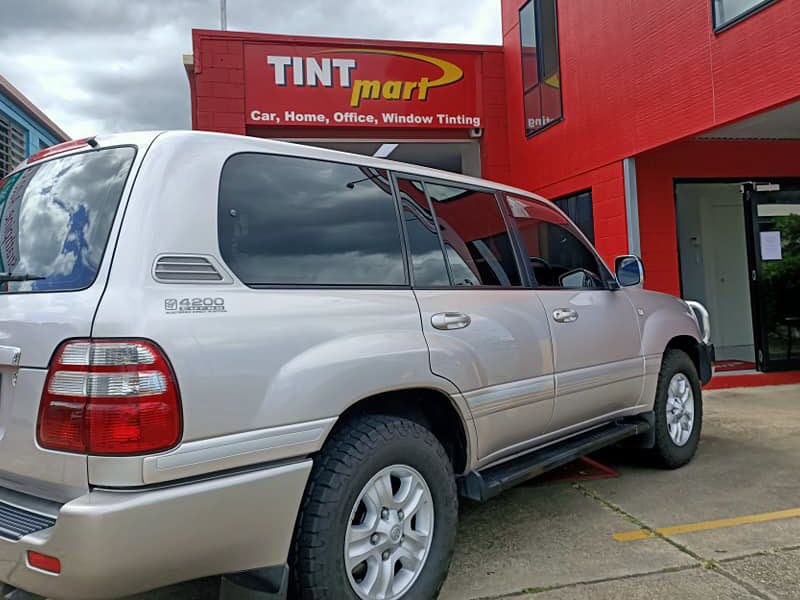
However, some vehicle owners prefer a more transparent look. This is particularly the case with classic cars, where the 'old-school' look is best maintained with a high transparency tint, eg. 75% VLT. The great news is that our premium window films in this high transparency range still block up to 99% of harmful UV and significantly reduce heat transfer, leading to a much cooler car interior in summer. Another great benefit of tinting your classic car at Tint Mart Strathpine is that it will reduce deterioration of your pride and joy's interior materials.
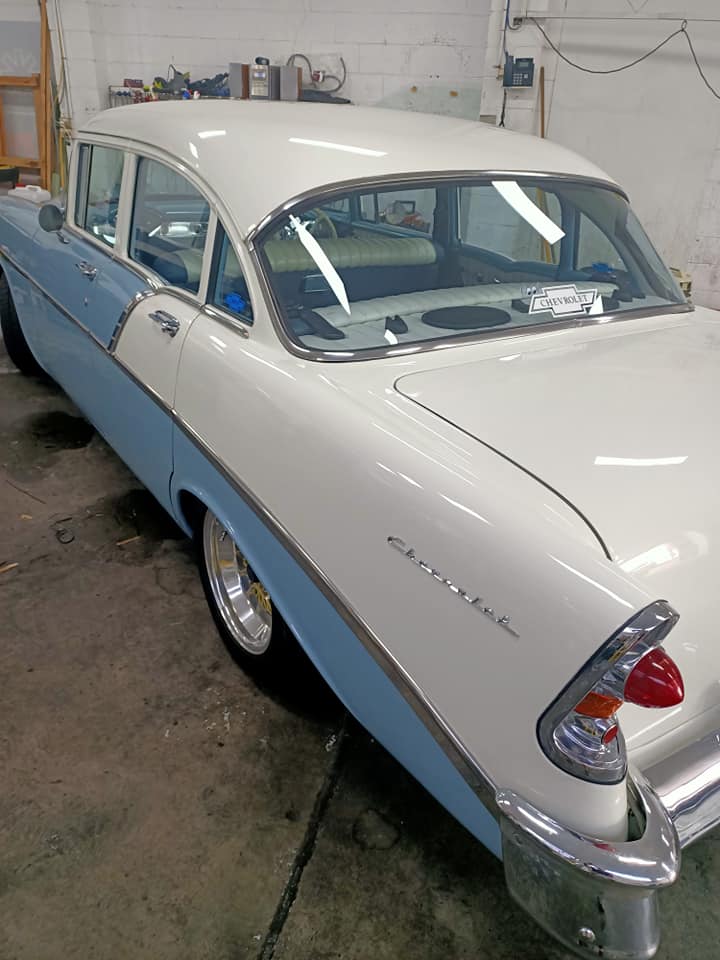
Legal Tint Percentages In Australia
When you choose a tint for your car windows, it is worth double-checking the window tint laws for your state or territory. In Queensland, the front side windows may be no darker than 35% VLT and the rear windows no darker than 20% VLT.
As a general rule of thumb, 35% VLT is permissible in all parts of Australia. On the windscreen, the tint can only take up the upper 10% and no lower than the top reach of your windscreen wipers. As mentioned earlier, you can't have reflective tints on a vehicle in any state.
Calculating Window Tint For Your Vehicle
If your car's windows don't have any tint at all, then it's easy to choose the right film. Whatever percentage film you choose is the percentage your windows will be. However, if your windows already have some tint, then you will need to choose with care.
To calculate the result, you multiply the factory tint percentage by the film tint percentage. For example, if you apply a 50% film to a window that already has 70% tint from the factory, then to calculate the result, you multiply the numbers together. Eg 50% x 70% = 35% tint.
If you don't know what tint percentage your windows already have, your best option is to visit our showroom in Strathpine. We will measure the darkness of your windows and help you pick the best film to get the result you want.
What Is The Best Home Window Tint Percentage?
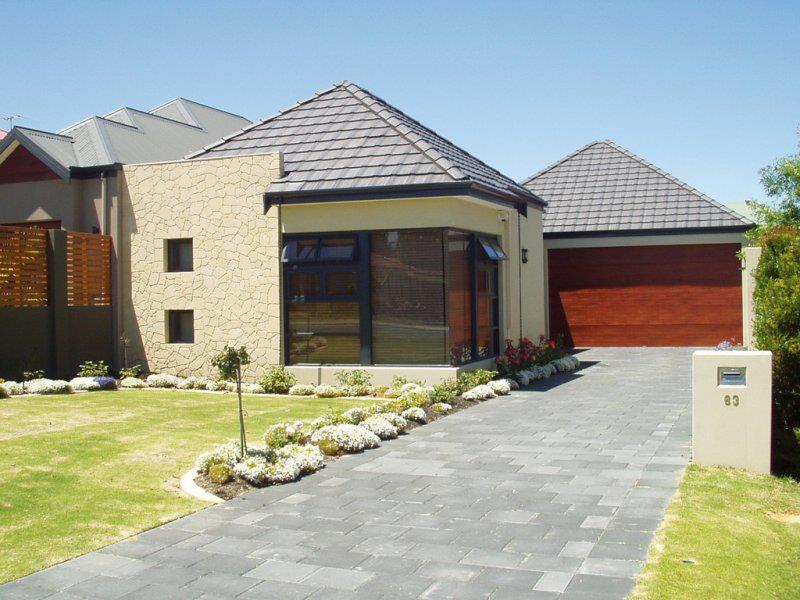
The best tint will depend on your reasons for wanting to tint your windows. Before choosing a tint, it's a good idea to be clear about what you're hoping to achieve.
If you want to increase your home's privacy, you will want to choose a 25% or lower tint. At this level, it is hard for people to see through your windows.
If your goal is to manage the glare and heat entering your home, you don't need to go for such a dark tint. Anything between 50%-70% will make a noticeable difference to the temperature of your home.
Frequently Asked Questions
Can cameras see through tinted windows?
As less light is visible through tinted windows, it is much harder for a camera to see through it.
If you are concerned about a neighbour's security camera seeing into your home or vehicle, then choosing to tint your windows is a good option. Most cameras struggle to see through a darker tint and struggle even more when there is a large amount of reflected light.
If you are setting security cameras up inside your home and want them to see out, you will need to choose with care. Dome cameras are a good option for still being able to see through tinted windows.
What is the most common window tint percentage for a car?
In Queensland, the most common choices are 35% VLT front and rear, or 35% front and 20% rear for a darker look.
What is the most common window tint percentage for a home?
Tints on home windows vary a lot more. However, most people who opt to get a tint for home windows usually opt for 35% on downstairs windows and darker options for bedroom windows.
© Copyright 2025 Tint Mart Strathpine, all rights reserved | ABN 95 778 968 763 | Created by clintdesign


